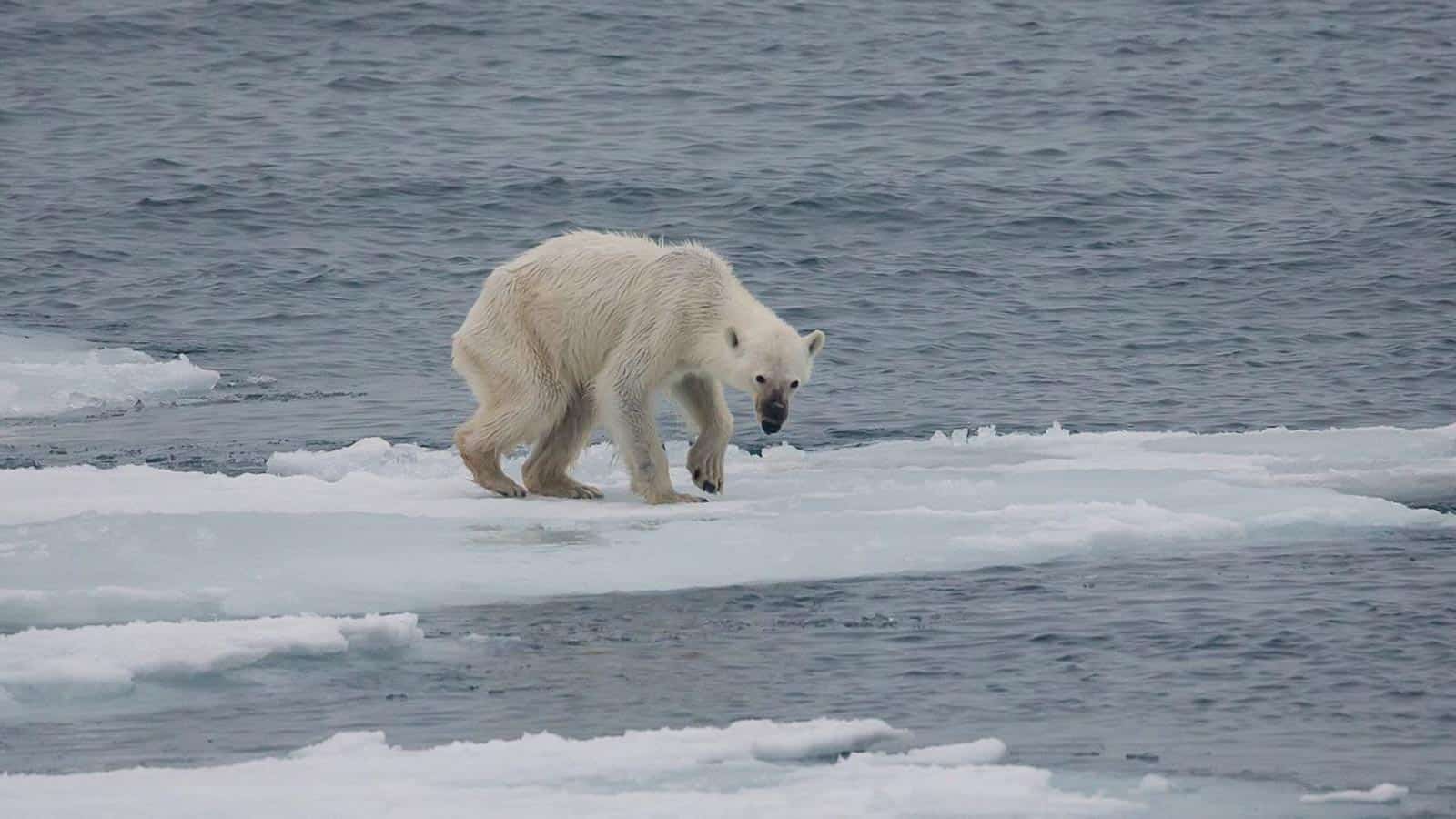Financial industry under stress from climate change
Billions of dollars are still going into industries destroying the climate. Investors and banks have long relied on the polluting industries for reliable returns. In addition, it has provided an opportunity to some for making a quick profit on their investment. However, this is changing as banks and investors, with a helping hand from regulators, realise that such approaches are no longer sustainable. The impact of climate overheating and extreme changes in weather patterns will begin to affect all elements of human life.
Please also read: EU as role model to fight climate change
Costly negligence
Unsurprisingly, one sector that has been hardest hit by the realities of climate change is the fossil fuel industry. Large multinational oil and gas companies have particularly felt the effect of the market reacting to the financial risks posed by activities exacerbating climate change and environmental degradation. As the effects of climate change become more visible, as evidenced by changes to weather patterns resulting in the increasing intensity and frequency of natural disasters such as hurricanes, droughts and flooding, investors and banks are becoming increasingly exposed to companies that contribute to this as society’s attitudes becomes more environmentally friendly and regulatory efforts begin to ramp up against climate change. In turn, this will reduce the profit margins of companies in the fossil fuel industry.
BP and Shell’s performance in 2020 exemplify the unsustainability of such investments. Both firms wrote off billions of dollars from their accounts as the pandemic resulted in a reduction in oil prices. This exemplifies the risks involved with assets that are dependent on climate-related shifts in the economy. As green energy and climate-related solutions become more feasible, the fossil fuel industry will suffer greater losses in the future. To mitigate this, many companies will have to adapt. This shock to BP and Shell’s finances has led to them accelerating their move into cleaner energy, signalling that future profits lie elsewhere.
Changing investment priorities
It is not just the fossil fuel industry that is exposed to climate changes induced risks. Other companies with fewer direct vulnerabilities to climate change, such as ThyssenKrupp, Continental, and A. P. Møller-Mærsk, look set to lose out. Calls coming in directly from investors for companies to abide by the Paris Climate Change Agreement. A letter sent to 36 of Europe’s largest firms through the Institutional Investors Group on Climate Change, by a group of global investors managing over $9 trillion in assets, including the three aforementioned, called on the companies to align their priorities with those of the Paris Climate Change Agreement. Additionally they called on them to future-proof their activities by addressing climate change costs in their accounts.
Climate change and environmental degradation have already impacted the economy in a widespread manner. Moreover, this will continue as these threats will be seen in banks’ balance sheets through the physical risks caused by natural disasters, and transition risks caused by society and politics-driven changes towards a more environmentally economy. Many banks and investors remain exposed to these risks, potentially putting the whole financial system at risk.
Regulation action
Fearing a climate change driven financial crisis, regulators have woken up to this risk. Regulators are planning to get banks to better reflect climate related risks in their accounts. Subsequently, this aims to persuade banks to divest from companies that engage in environmentally damaging activities.
The European Central Bank (ECB) has announced that it will start looking into banks’ balance sheets to see how they account for climate risks. This will begin in 2022 after a period of dialogue with banks. It aims to encourage banks to accurately price these risks, helping the overall transition to a low-carbon economy. These new ECB assessments will disclose how a bank’s portfolio is at risk to events like flooding and storms. This will account for impacts on their real estate portfolios and customer supply chains, and the losses resulting from businesses moving their activities away from carbon. Banks should now evaluate their practices to see if they match the ECB’s expectations and adapt them if required. From 2022, the ECB will assess the climate and environment related risks of banks and start carrying out supervisory follow-up actions if necessary.
The window for a wait-and-see approach is swiftly closing, because the longer we wait the harder it will be to mitigate these risks

This signals that financial regulators are not solely relying on governments to enact climate supervision policies. Engaging both banks and supervisory agencies in early and decisive action is critical in getting banks to appreciate the short and long-term risks of their investments, enabling greater thought to be given to resilience in the face of climate risks. Banks need to take heed of these environmental risks, otherwise financial collapse affecting all of us may ensue.









